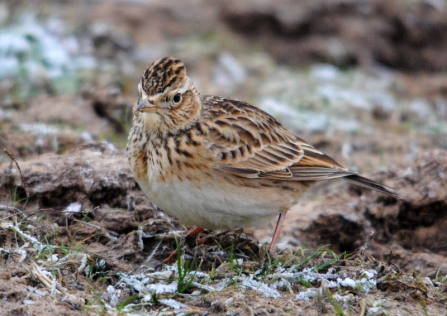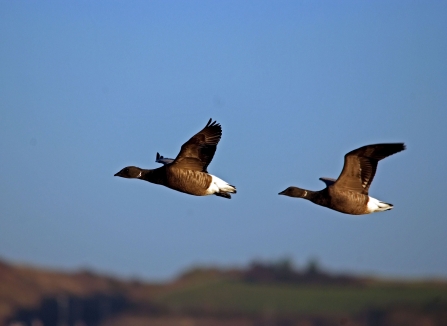The UK Bird indicators document published this week by Defra provides further evidence that we need concerted and rapid action to tackle the ecological crisis we are facing.
The report explores the ‘long term’ change in bird populations since 1970, but it is worth noting that 50 years is an incredibly short period in ecological terms, especially for such dramatic changes to have occurred.



